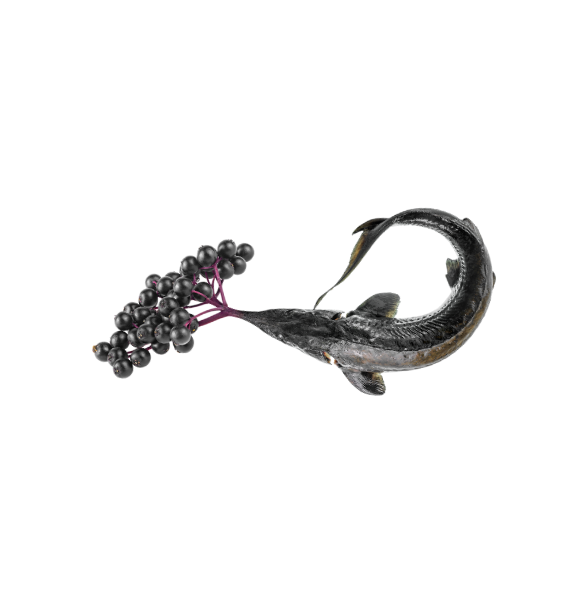News
Chefs share their interpretations of circular gastronomy on day two of Madrid Fusión Alimentos de España
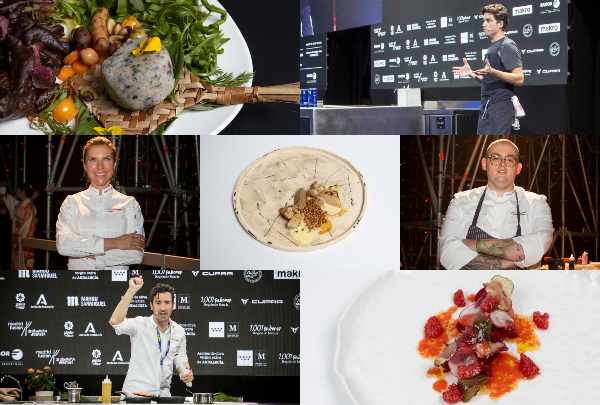
Day two of Madrid Fusión Alimentos de España 2021 saw chefs celebrating the small producers who grow the ingredients they cook and who are so crucial in the circular gastronomy.
The second day of Madrid Fusión Alimentos de España 2021 saw chefs from across the world offer their take on sustainability as they demonstrated recipes based on ingredients supplied by the trusted producers and growers in their communities.
Speakers appeared on stage in person at the IFEMA exhibition centre in Madrid and, in one case, via video link from Australia, successfully showcasing this 19th edition of Madrid Fusión Alimentos de España as a truly global gastronomy conference.
Joshua Niland, the pioneer of fish butchery and the ‘nose to tail’ approach to eating fish, shared his presentation Fish: from head to tail virtually from his restaurant Saint Peter in Sydney, Australia, Niland implored chefs and customers to start treating fish much more like meat and fish mongers to consider themselves butchers. Valuing the whole fish instead of selecting the premium parts, is an integral part of his mission to demystify fish and encourage customers to value every part of it.
He explained his new book Take One Fish (July 2021) will show readers how to realise the output of two fish in one while his soon to open restaurant Charcoal Fish will sell just one species, the Australian native Murray cod, and he will cook every part of it.
“People have an average experience at home because of the way they normally see fish and we need to change that. The scraps of the tuna is an opportunity to create mince, so why not make a kofta or lasagne with tuna mince instead of meat? It is time to see fish like you would meat to stop putting so much stress on the ocean.”
Making his debut at Madrid Fusión Alimentos de España – and his first appearance at any gastronomy conference in the world, Juan Luís Martínez shared his ingenious way of cooking with tubers in Lima restaurant Mérito in his presentation The Merit of recreating.
The chef, one of the main references on the Peruvian dining scene today, spoke of the amalgam of cultures that make up the minimalist restaurant, he opened in 2018. . Showcasing the fusion cooking inspired by their home country and flavours from their adopted home and across the South American continent, he demonstrated a technique they have developed to work different kinds of tubers into sheets that are used to recreate new interpretations of well-known foods, including the gyoza, the quesadilla and lasagne.
“Mérito has Venezuelan influences but it is in Peru, so you may think it is a fusion of Peruvian and Venezuelan cooking, but we like to think it is more than that. For us it is a broader type of cuisine covering all of South America and united by the tubers.
Eneko Atxa, chef owner of the Azurmendi in the Basque Country, paid homage to the small producers he and his team work with in his presentation The Azurmendi Circle.
For Atxa sustainability is about more than eliminating waste or showcasing vegetables in his restaurant. The people who work with restaurant supplying ingredients grown in close proximity are just as important.
The Azurmendi team prepared eight dishes on stage that all showcased some of the ingredients sourced from small producers located within a short distance of the restaurant. Among them were Guillermo Rodriguez who grows the teardrop peas; Luis Azillona, the producer of the corn that is used to make txakinarto flour; and Ana Mari Llaguno: who supplies peppers and red onion.
“Without these producers we simply couldn’t do what we do. They are what we do. Working closely with people near us doesn’t make us radical, it is very normal for us to work with those who are close and who have become our friends. It is a simple way of working with people and it is easy to work with them.”
Davide Caranchini, the chef owner of Materia restaurant in Lake Como, outlined how he has worked to combine sustainability and modernity in his presentation Modern thinking.
He described how a prolonged period at home during the pandemic had caused him to reconsider his cooking and find new ways to give back to the environment that has been damaged for decades. Inspired by the setting of lake, mountains and countryside where he lives near the border with Switzerland, Caranchini shared his appreciation for the producers he works with before outlining his modern approach to Materia.
He prepared his version of a Lake Como classic: antipasto misto di lago, a selection of small dishes to share as a starter plate in a meal. Caranchini made all the dishes with one lake trout, combining his modern take with a sustainable approach.
Caranchini also announced a new menu in Materia, which he will introduce when the restaurant reopens this week. The menu, named Revolution Revival, will mark a new start in Materia as the chef and his team have eliminated the old menu and built a new one from the start up.
“Circular gastronomy is about knowledge, technique, ethics and sustainability. In modern circular gastronomy you need three more elements to complete the puzzle: the sharing of ideas, sensibility and thought. Modernity is not about technique and equipment – it is in the mind. If you think modern, you can be modern.”
On day two of Madrid Fusión Alimentos de España the main auditorium also heard from Anibal Criollo who spoke about the Chagra gastronomic culture in the south of Colombia; Ekaterina Alekhina from Biologie in Moscow; Yoko Hasei of Leclab who shared her approach to kaiseki cuisine in Spain; Fernando del Cerro from Restaurante Casa José in Spain; Ignacio Echapresto from Restaurante Venta Moncalvillo; Maria Solivellas from Ca Na Toneta in Mallorca; David Rivero of Kabuki Abama; and Javier Olleros from Restaurante Culler de Pau in Spain.

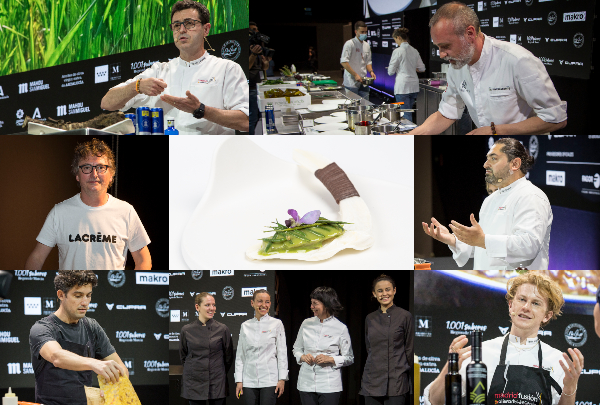
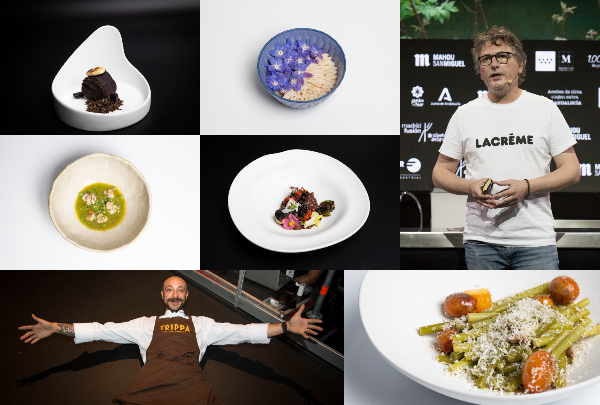
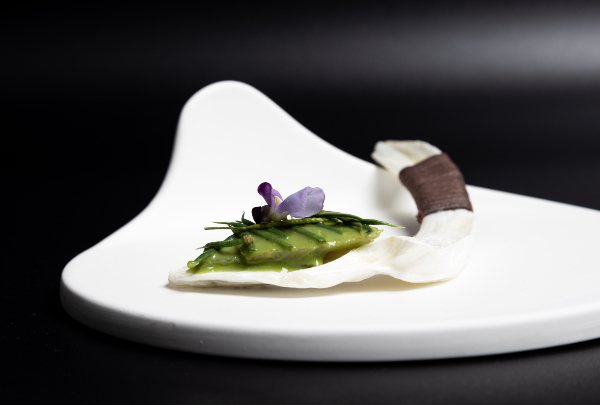
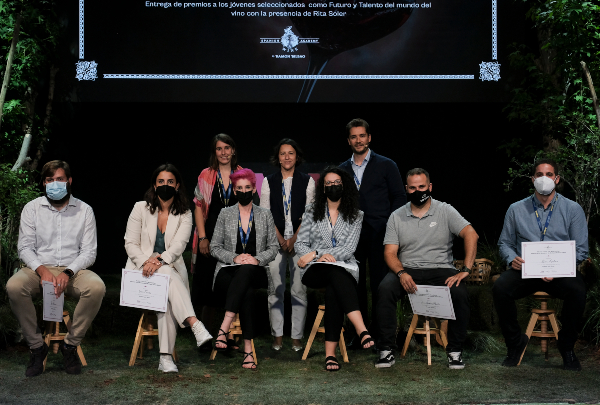
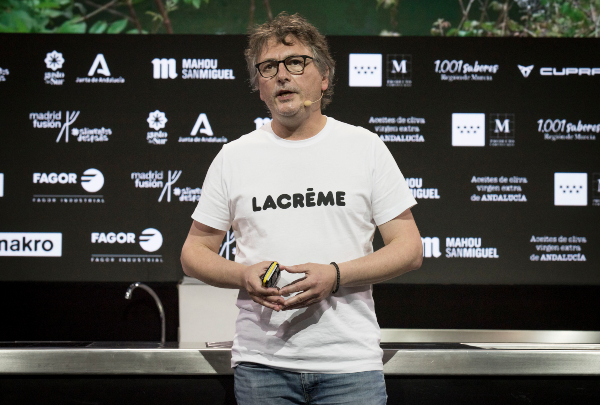
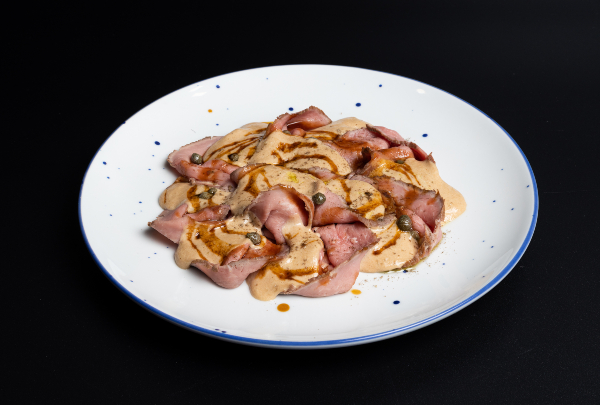
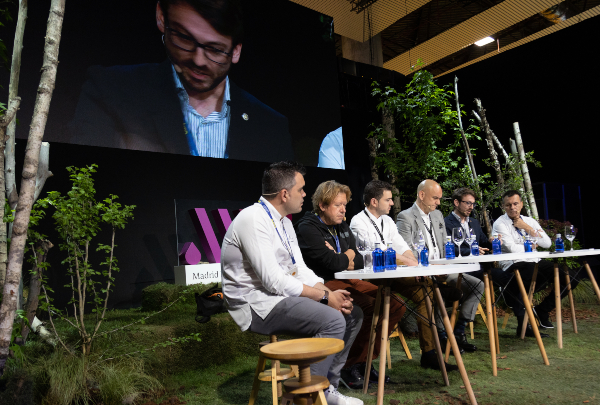
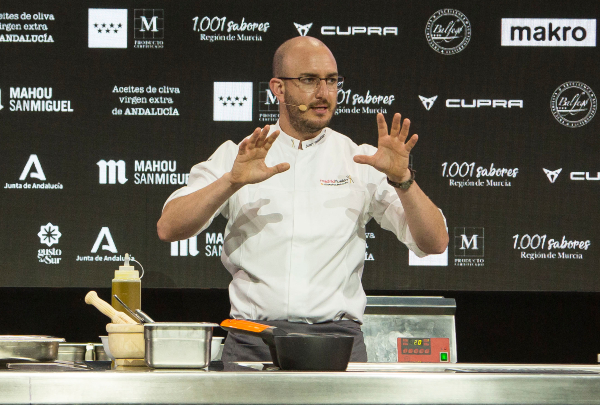
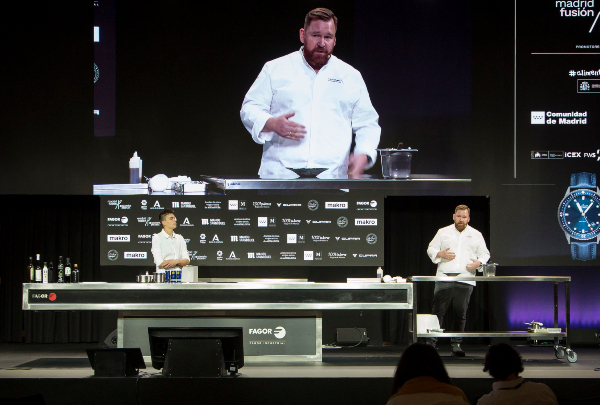
.jpg)
